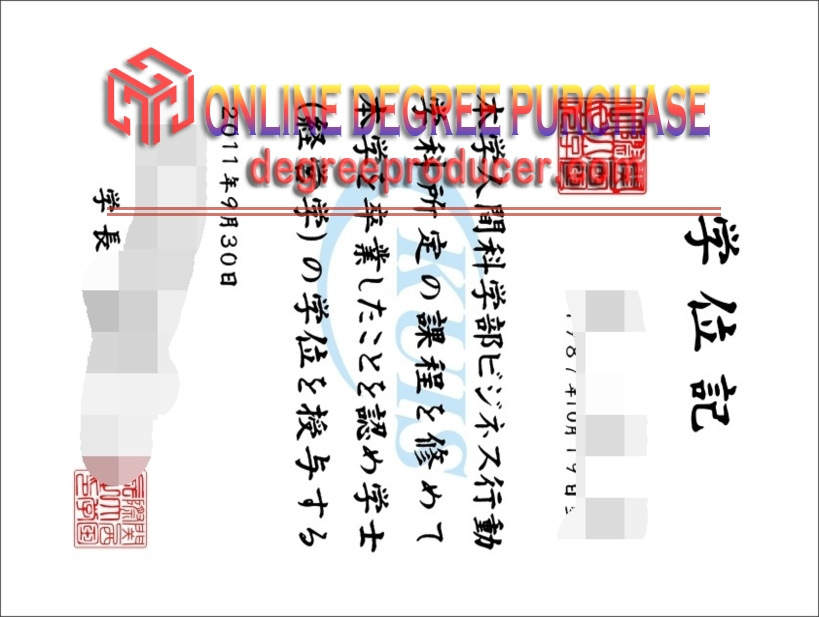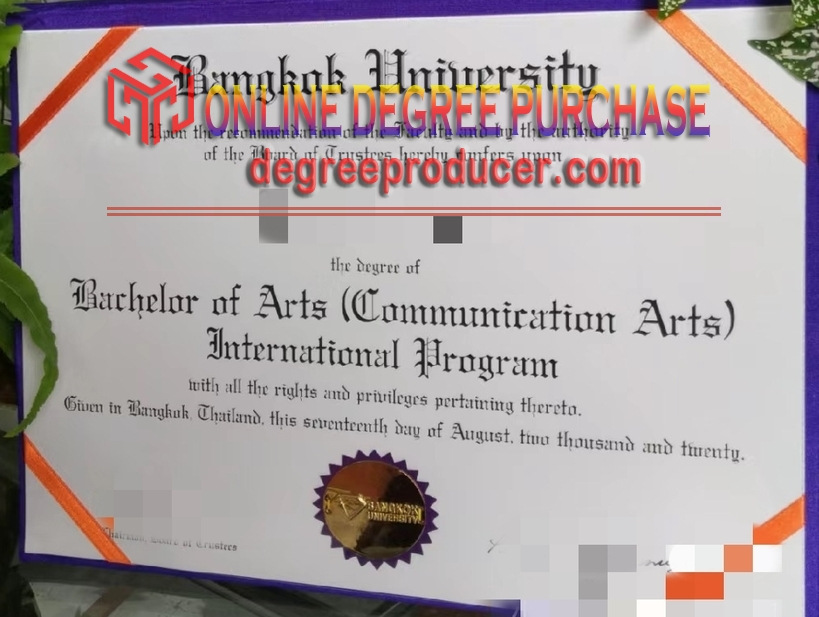Copy Registered Acupuncturist: A Guide for Students in the College of Traditional Chinese Medicine and Acupuncture
Introduction to Copy Registered Acupuncturist
Are you a student at the College of Traditional Chinese Medicine and Acupuncture? Wondering about the path to becoming a **Registered Acupuncturist **? This blog post explores the ins and outs of the **Copy Registered Acupuncturist ** title, an essential step in your journey towards full registration. Whether you are just beginning or nearing graduation, understanding this crucial phase will help streamline your transition into professional practice.
What is a Copy Registered Acupuncturist?
A Copy Registered Acupuncturist is the intermediate stage between completing your academic studies and achieving full registered status. After successfully passing all required courses and exams in the College of Traditional Chinese Medicine, you are eligible to apply for CRA under the supervision of a fully licensed acupuncturist.
Key Differences Between CRA and RA
- Supervision Requirement: CRAs must work under the direct supervision of an experienced RA.
- Certification: CRAs receive certification but do not yet hold full registration.
- Practice Scope: While CRAs can perform acupuncture treatments, their scope is typically limited to specific conditions or patient groups.
Steps to Become a Copy Registered Acupuncturist
- Complete Academic Requirements
- Finish all required courses and clinical internships in the College of Traditional Chinese Medicine.
- Pass Exams
- Successfully complete both written and practical examinations as specified by your institution.
- Apply for CRA Status
- Submit an application to the relevant governing body, such as the National Certification Commission for Acupuncture and Oriental Medicine .
- Obtain Supervision

- Work under a licensed RA for a designated period, gaining practical experience in patient care and treatment techniques.
Benefits of CRA Status
Hands-On Experience: CRAs gain valuable clinical practice, allowing them to build confidence and refine their skills.
Earning Potential: Many CRAs are permitted to work part-time in clinics or private practices, earning income while they complete the full registration process.
Networking Opportunities: Supervisors often introduce CRAs to potential career opportunities, facilitating smoother transitions into independent practice.
Pathway to Full Registration
After acquiring CRA status, aspiring acupuncturists can continue their journey toward becoming a fully registered practitioner by completing additional supervised hours and passing any final certification exams. The transition typically takes 1-2 years, depending on individual progress and work commitments.
Tips for Smooth Transition
Maintain Regular Communication: Stay in touch with your supervisor to ensure you are meeting all requirements.
Keep Detailed Records: Document each session and treatment to track your progress toward full registration.
Conclusion
Becoming a Copy Registered Acupuncturist is an exciting phase that bridges academic learning with professional practice. It offers aspiring acupuncturists the opportunity to gain real-world experience, build confidence, and prepare for independent practice. By understanding the steps involved in this process, students can confidently step into their future careers as registered acupuncturists.
Explore more about Traditional Chinese Medicine, acupuncture techniques, and other key topics at our blog.
- By admin
- April 6, 2025

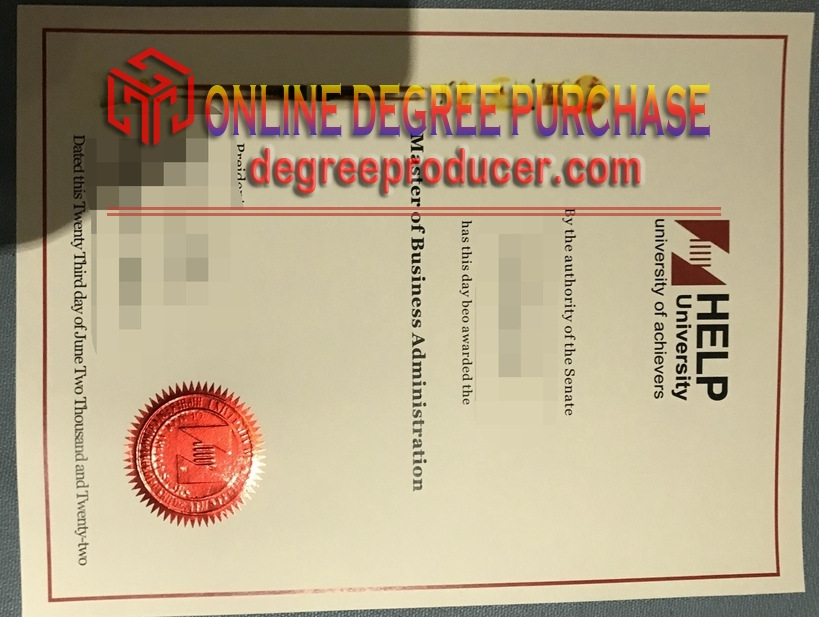
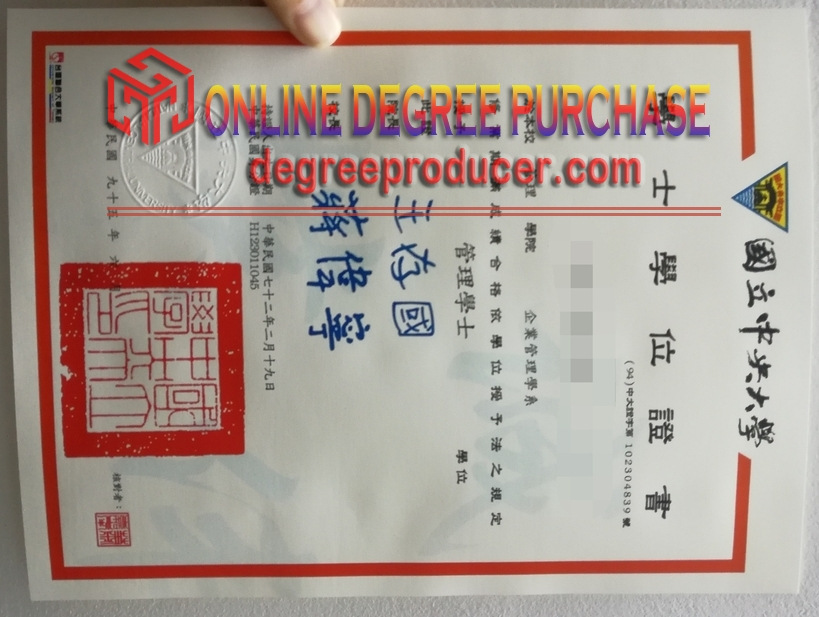

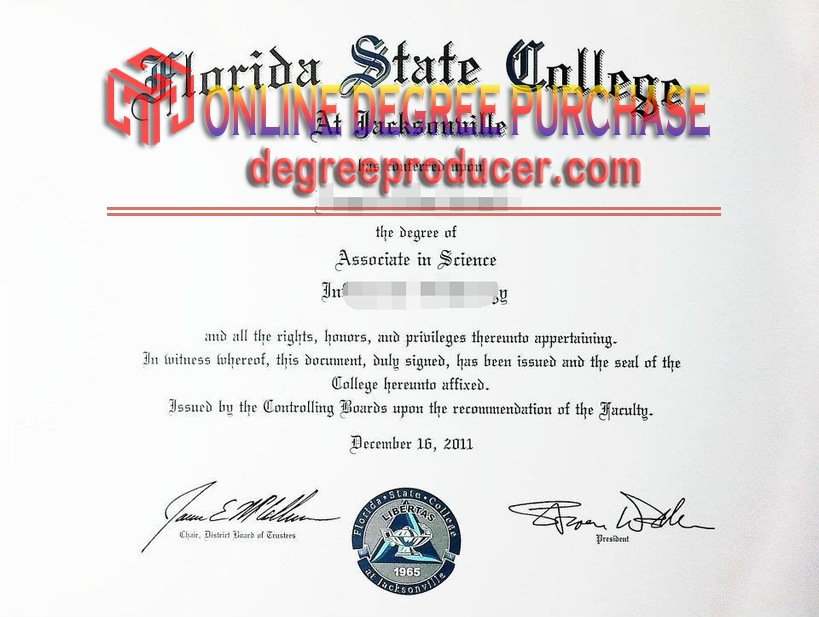
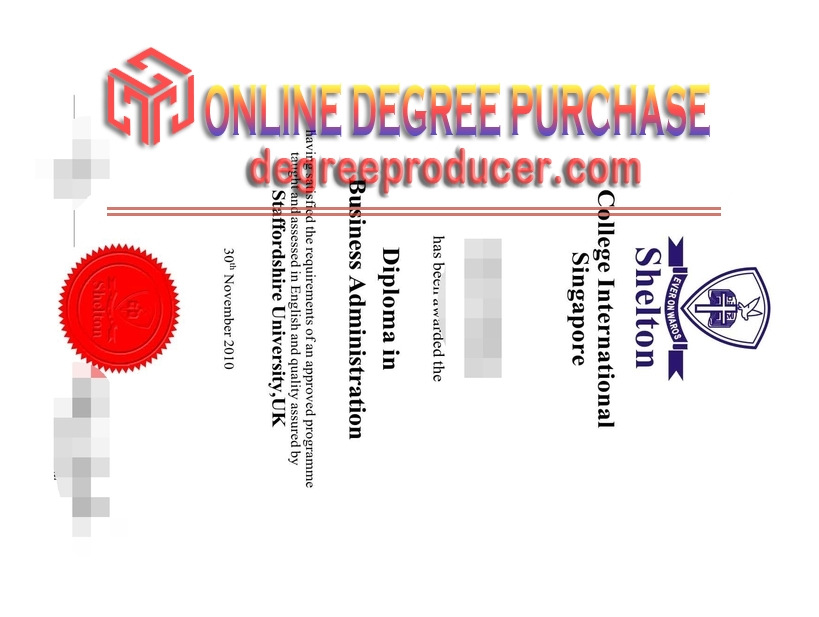
%20Degree.jpg)
